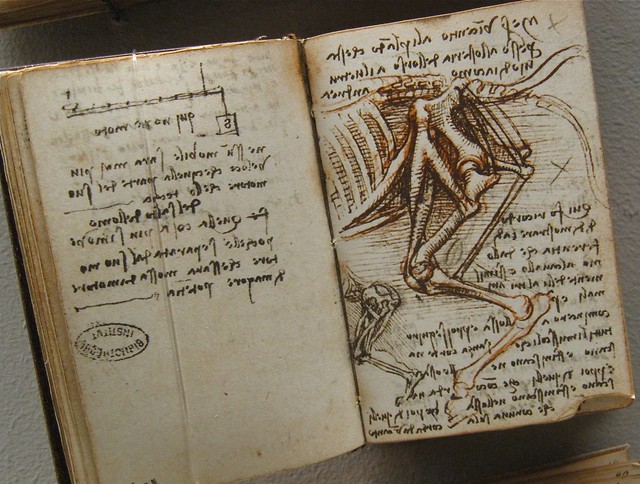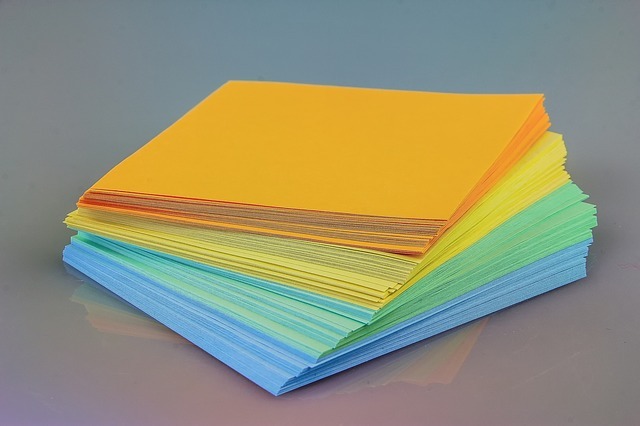Those of you who keep an eye on the WIP widget (on the top left of the footer) will have noticed that I am not, as previously advertized, typing up Dead Man Talking (extended edition). I was going to, honest I was (I even started!), but then I was distracted by this shiny new idea, and there was this post from Cait Reynolds and… mmm. New book.

I’ve been noodling about with it for about six weeks now (and am on to my second noodling notebook, turning it over in my mind, making notes, and watching it develop like what I seem to recall from Sixth Form Agriculture & Horticulture is called meristem culture, a form of micropropagation. (Don’t take my word for this; it was a long time ago, and micropropagation is not a skill I have had occasion to use since then.)
You take a little blob of what are essentially plant stem cells and you roll that little blob around and around so it can’t tell which way is up (and therefore can’t start doing stem up and root down). And then once it’s grown into a bigger blob you chop it into little blobs and start rolling them around, thus ending up, eventually, with Even More Plants. (All carbon copies of each other, which is problematic from a disease-resistance point of view, but let us not get into that now.)

An indeterminate bunch of planty stem cells is only so useful, however. Sooner or later you gotta let it start growing in particular ways – here’s the stem, here’s the tip, here’s the backstory…
I found, as the days wore by, that I got sick of referring to it (even mentally) by the filename I gave it back when it was just a tiny blob of meristem: Winter Fairytale. And since I can no longer use my old standby “the book,” there being more than one book in my life now, I must search elsewhere for a title. So of course, I went and looked at a title generator. (Hours of innocent entertainment…)
Its suggestions included The Evil Curse and Evil Cursing which are perhaps just a bit too obvious; Cursing for Words (a how-to guide?); Chill Coachman, which seems like the title of a dreadfully anachronistic “historical” novel; and The Deathly Bite which just has to be a vampire novel – or a creative non-fiction work on the mosquito (this isn’t either of those).

Of course, I could just call it WIP2 or something of that ilk, but I’d rather have a title which at least sounds possible. Otherwise it’s like wearing an item of clothing you know is going in the bin at the end of the day: why bother?
So I have come up with a number of possible titles, most of which aren’t very possible. Obviously, none of you have read the book yet (largely because I haven’t written it yet), but I’d be interested to hear what you think of these.
I haven’t written a proper blurb or anything yet, but here’s a little something to set the scene – without giving too much away (For those of you who have read Restoration Day, it’s of a similar tone. So far.)
Picture to yourself a far-off land under a Good King Wenceslas winter (“when the snow lay round about, deep and crisp and even”). Peasants huddle round their crackling fires; fashionable aristocrats haunt their chilly palaces in town.

But rumours of a curse stalk the land, a suddenly-striking curse which takes words spoken in thoughtlessness or malice and makes them literally true, in the most unexpected ways.
A carefree young coachman encounters the curse’s fearful effects, and accompanied by a stroppy apprentice wise-woman, an enchanted fountain, and a petrified secretary with a yen for adventure, he strikes out across the wintry land, bent on hunting this malediction to its source.
But there’s more behind his bad luck than he realizes – and the stakes are higher than he knows…
So here are the not-enormously-possibles (none of them sings):
The Winter Curse
(I tried using this, but WC is not an inspiring acronym)
The Winter of ___ Words
(insert adjective here)

The Coachman, the Curse & the Coronation Ball
(I’m not even sure there will be a ball, yet)
Wound of Words
(from the Arab proverb, “The wound of words is worse than the wound of swords.”)
The Winter Malison
(malison being an old word for a curse or malediction)
The Words of Winter
(doesn’t give a clear mental image)
Winter pops up a lot, I know, but it’s sort of thematic, rather like spring was thematic for Restoration Day.
What do you think? If you have any other suggestions – or general advice on titling – I am, like the fennec, all ears.

Alas, not until I have actually written the book can you make a truly informed suggestion, but please, do not let that stop you. All contributions gratefully received.












